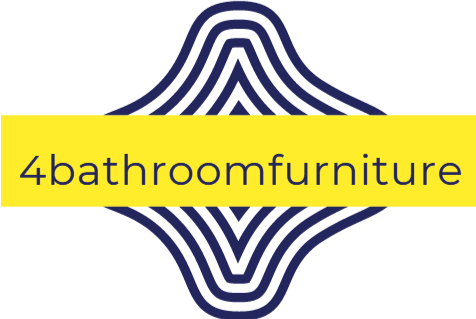In today’s world, there is a growing concern about environmental sustainability. Climate change, pollution, and resource depletion are just a few of the challenges that we face. In response, many individuals and organizations are turning to sustainable living options, such as renewable energy and eco-friendly housing. One such option is the Habitat Pendel, which promises to be the ultimate solution for sustainable living. This article explores this innovative housing concept and its potential benefits.
What is the Habitat Pendel?
The Habitat Pendel is a unique housing design that features a circular structure with a central core. It is designed to rotate around a central axis, which provides it with several benefits. For one, it allows for optimal solar energy absorption throughout the day, as the house can turn to face the sun. Additionally, the rotating design helps to save space and resources, as the house can be built on a smaller plot of land than a traditional house. Finally, the design allows for optimal ventilation and natural light, which can help to improve the indoor air quality and reduce the need for artificial lighting and heating.
The Benefits of the Habitat Pendel
There are several benefits to the Habitat Pendel, which makes it a popular choice among sustainable living enthusiasts. Firstly, it is an energy-efficient option that can help homeowners to reduce their energy bills and carbon footprint. Its rotating design means that it can take advantage of natural light and heat, reducing the need for artificial lighting and heating. Additionally, the house can be fitted with renewable energy sources, such as solar panels, to further reduce its environmental impact. Secondly, the design is affordable and sustainable, making it accessible to a wider audience. Its small size and efficient layout mean that it requires fewer resources to build and maintain than a traditional house. Finally, the Habitat Pendel is a versatile housing option. Its compact size and rotating design make it suitable for a range of locations, from urban environments to rural areas.
Is the Habitat Pendel the Future of Sustainable Living?
While the Habitat Pendel is a promising housing concept, there are some challenges to be addressed before it can become the standard for sustainable living. Firstly, there may be zoning and building regulations that restrict the construction of such a unique housing design. Additionally, the rotating design may not be suitable for all individuals and families. Finally, there may be concerns about the maintenance and repair of the rotating mechanism over time.
The Habitat Pendel is an innovative and sustainable housing option that has the potential to transform the way we live. Its energy-efficient design, affordability, and versatility make it a choice that is accessible to a wider audience. While there are some challenges to be addressed, the Habitat Pendel offers a hopeful glimpse into the future of sustainable living.
More Posts
Enhance Your Space with Colorful LED Light Strips
LED light strips have revolutionized the way we illuminate our spaces, offering versatility and efficiency that traditional lighting methods simply...
Contemporary Elegance: Modern Feather Chandelier
In the realm of contemporary interior design, few lighting fixtures capture attention quite like modern feather chandeliers. These unique pieces...
Rustic Elegance: Farmhouse Chandelier Lighting
Farmhouse chandelier lighting embodies a unique blend of rustic charm and elegant sophistication, making it a popular choice for homeowners...
Dazzle Your Dining Room with a Modern Crystal Chandelier
Modern crystal chandeliers have transcended their traditional roots, evolving into striking focal points that can dramatically alter the ambiance of...
Illuminate Your Space with a Stunning Study Chandelier
When selecting a chandelier for a study, several factors should be taken into account. The overall style and decor of...
Light up Any Space with a Portable Ceiling Lamp
Portable ceiling lamps are versatile lighting fixtures that can be easily moved and installed in various locations. These lamps offer...
